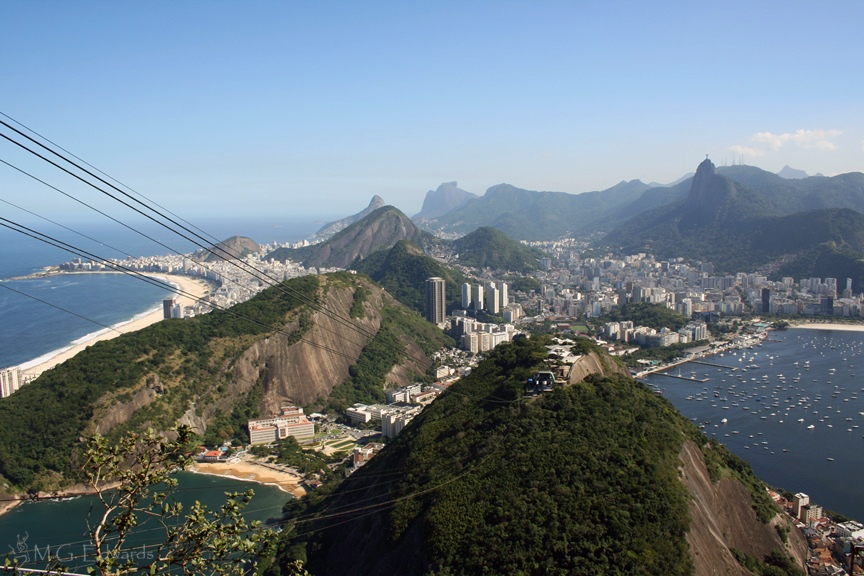Journey from Malawi to Zimbabwe via Mozambique (Part II)
After I dropped my Malawian passenger off at the highway junction near Monkey Bay, I drove south away from Lake Malawi. I stopped at a service station to fill up my rig with diesel, but they told me that it was “finished.” Monkey Bay did not have any diesel either, the station attendant told me. He said that the nearest station was in Mangochi, which was a bit out of my way but a necessary stop if I wanted to avoid running out of fuel. I felt a twinge of anxiety driving in the heart of Africa low on fuel and chastised myself for not bringing the fuel can I had bought months for times such as these. Anticipating a fuel shortage in Malawi did not cross my mind days before when I was in Lusaka preparing for this trip! I made it to Mangochi in short order and spent the remainder of my Malawian kwacha buying half a tank of diesel. That’s not enough fuel, I thought, and asked the attendant whether I could pay for a full tank of diesel in U.S. dollars. He agreed. Paying for half a tank set me back over $60.00. The attendant examined the $100 bill to make sure it wasn’t fake and paid me change in kwacha, which I used to refuel at the Malawian-Mozambican border. Crisis averted. For now.
I made my way back to the route I had planned to take to Mozambique. Local highways are not clearly marked, and I happenchance found the right route courtesy of a local advert that pointed me in the right direction. I headed in a general southerly direction, hurtling to the border. The area of Malawi bordering Mozambique is stunningly beautiful, with weathered mountains rising high enough to inspire breathtaking views but with signs of age that reminded me of just how ancient this continent is. The large boulders and smooth jagged peaks poked up from the greenish hills covered with swaths of African trees, the kind depicted in safari caricatures.
I exhausted my Malawian currency buying a bag of Lays potato chips and a can of Pepsi. I tried to trade for a few Malawian kwacha bills and coins, but the cashier at a Metro Cash and Carry market in the border Mwansa looked at me as if I were speaking a language other than English. Obviously she was not accustomed to an American accent, I observed. I tried using simple phrases such as “here is 100 kwacha; I want to trade for coins” to no avail. She took my 100 kwacha and gave me back a handful of oversized 10 kwacha coins. Mission accomplished, sort of.
The border crossing was fascinating. As the only muzungu (foreigner) in sight, I was particularly attractive to the local vendors, money changers, and those who came begging for money and food. I made sure my vehicle was thoroughly secure, valuables safely hidden away, and my official documents close to my chest. Sellers greeted me as I exited my vehicle. “Boss, you want metacais (Mozambican currency)? Rand (South African currency)?” No, I firmly replied. One man tried to help me “find” the immigration office even though I was parked in front of it. No thanks, I told him. While I know these vendors were merely trying to make a living, I also know that in a way most earn a decent income waiting to ambush naïve motorists who must stop to do their official duty of checking in and out of immigration.
Journey from Malawi to Zimbabwe via Mozambique













